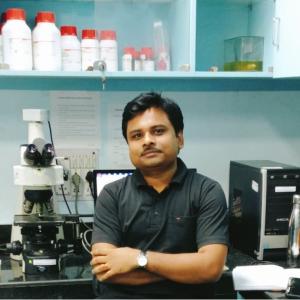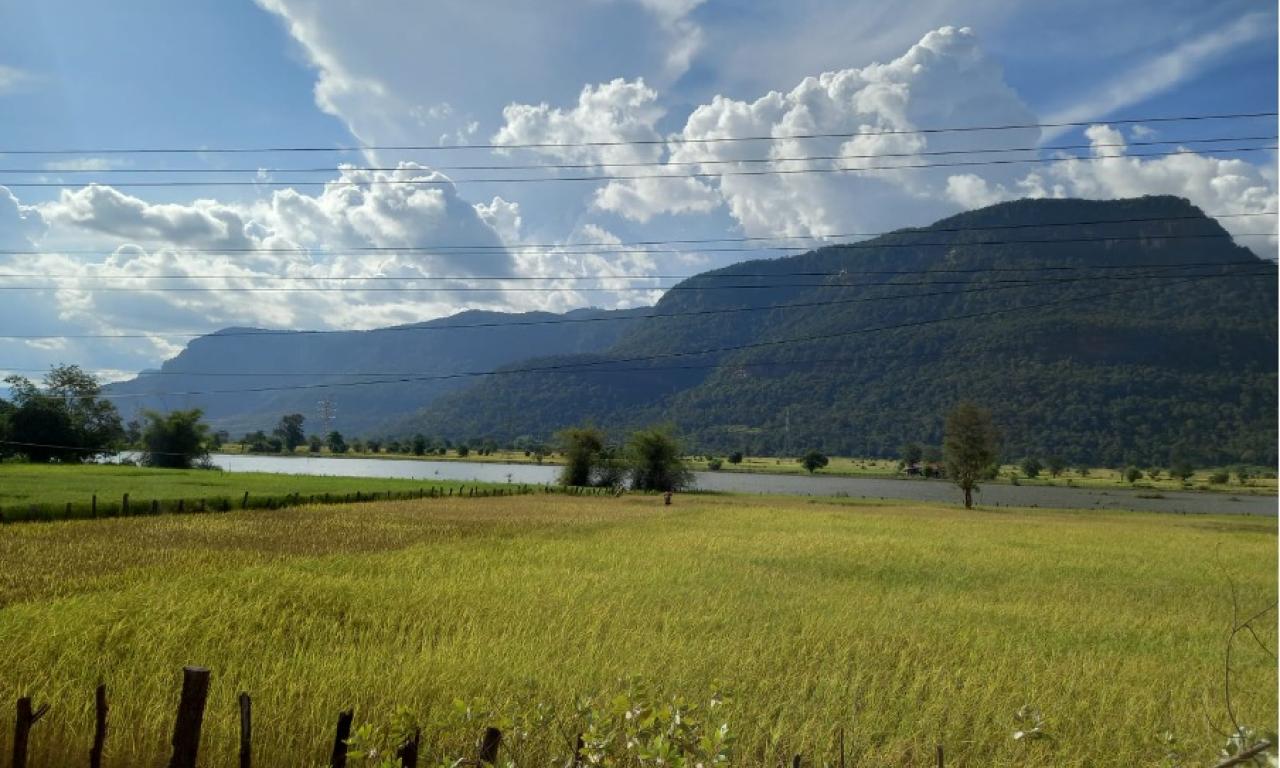
- In Sanamxay, Laos, an attempt to cultivate rice and fish has given rise to fresh aspirations for improved nutrition and livelihood.
- Comprehending the possibilities for enhancing the agroecological transition could prove beneficial for sustainable development.
Laos, a nation endowed with an abundance of water resources and a diverse range of crops, has the potential to significantly contribute to meeting the demands of an expanding population, rapid economic expansion, and the growing need for alternate sources of food, livelihood, and nutritional security.
In Laos, rice is the main crop and is important for both food security and livelihoods. A growing number of agencies, including the FAO, WorldFish, and Japan International Research Centre for Agricultural Sciences, concerned departments under the Government of Laos have taken a closer look at rice fish as a potential model for Laos due to the country's growing area of paddy fields and demand for aquatic food.
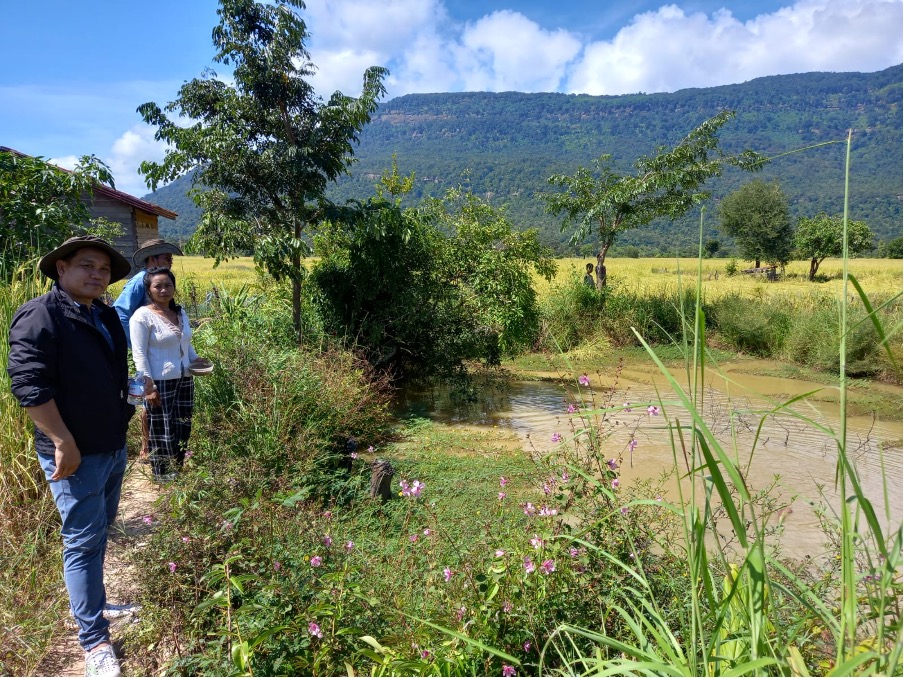
In Southern Laos, in the Sanamxay District of Attapeu province, many attempts were made to standardize and create an integrated rice-fish farming system as a further source of income and nutritional security. There were several floodplain paddy fields in the area, and some villages had engaged in capture fishing. Paddy-field-based aquaculture has just begun to gain traction among certain forward-thinking rice farmers in these possible locales.
By encouraging and including farmers in it, recent initiatives by the FAO and the Department of Livestock and Fisheries (DLF) of the Ministry of Agriculture and Forestry, Laos, have rekindled hopes and prospects for the establishment of an integrated rice-fish system to improve local nutrition security and livelihood. Such initiatives can also increase the targeted organisms' total productivity and nutrient recycling, with added environmental advantages including improved soil health and reduced greenhouse gas (GHG) emissions.
As part of the CGIAR Agroecology Initiative, we have begun fieldwork on the existing rice-fish farming system in Sanamxay. We observed different varieties of rice-fish farming systems as well as some prospective ones for the future.
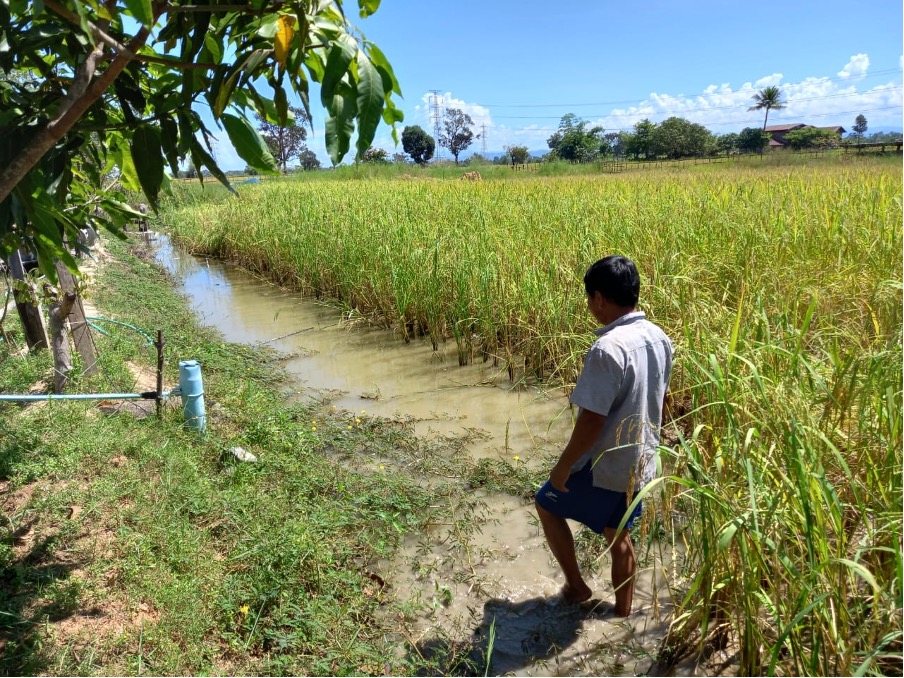
We found that farmers are becoming more confident and interested in growing fish alongside rice with more effort as it has been shown to increase paddy output and quality while also providing fish as a side crop. Wam, and, Lam, of Oudomxuy, and Boaphet from Donephay villages respectively, found that using rice fields to raise fish was an easy, time-saving, and cost-effective solution. Furthermore, we observed that fish has a healthy market demand in that region.
"Co-cultivating rice and fish gives us new opportunities to generate more revenue,” Wam, Oudomxuy
Conversely, in nearby villages like Tanwang and Donemouang, farmers have begun to reconsider using their paddy fields for fish farming due to the indirect effects of rice-fish farming. Even though there used to be native fish that are decent to moderately valuable commercially. To determine a sustainable method of rice-fish farming that has no adverse effects on the environment, appropriate strategies, methodologies, and policy assistance may be essential support instruments.
“The quality of the paddy has significantly improved since fish were added; last year, I was able to produce 80 kg of fish and 740 kg of rice from a single plot, and this year, I aim to expand the area for rice fish co-culture,” Boaphet, Donephay
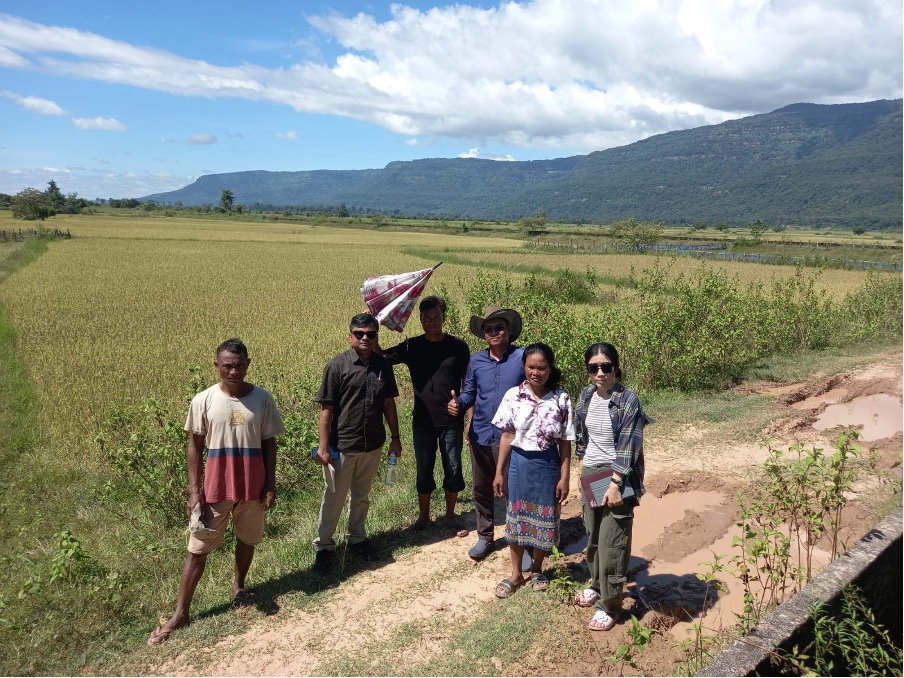
There aren't many rice fish farms in this area, despite their lengthy capture fisheries-based history. To build a transition pathway to more sustainable rainfed and irrigated farming in Sanamxay, the first step will be to document the current rice fish-based environmental quality, resource requirements, biodiversity, productivity, value chains, and socioeconomic implications. These data can hasten Sanamxay's transition to an agroecological economy in conjunction with locally co-designed technologies and the creation of favorable legislation.
This attempt to cultivate rice and fish has given rise to fresh aspirations for improved nutrition and livelihood in Sanamxay, Laos. Comprehending the possibilities for enhancing the agroecological transition is key to proving beneficial for sustainable development.
